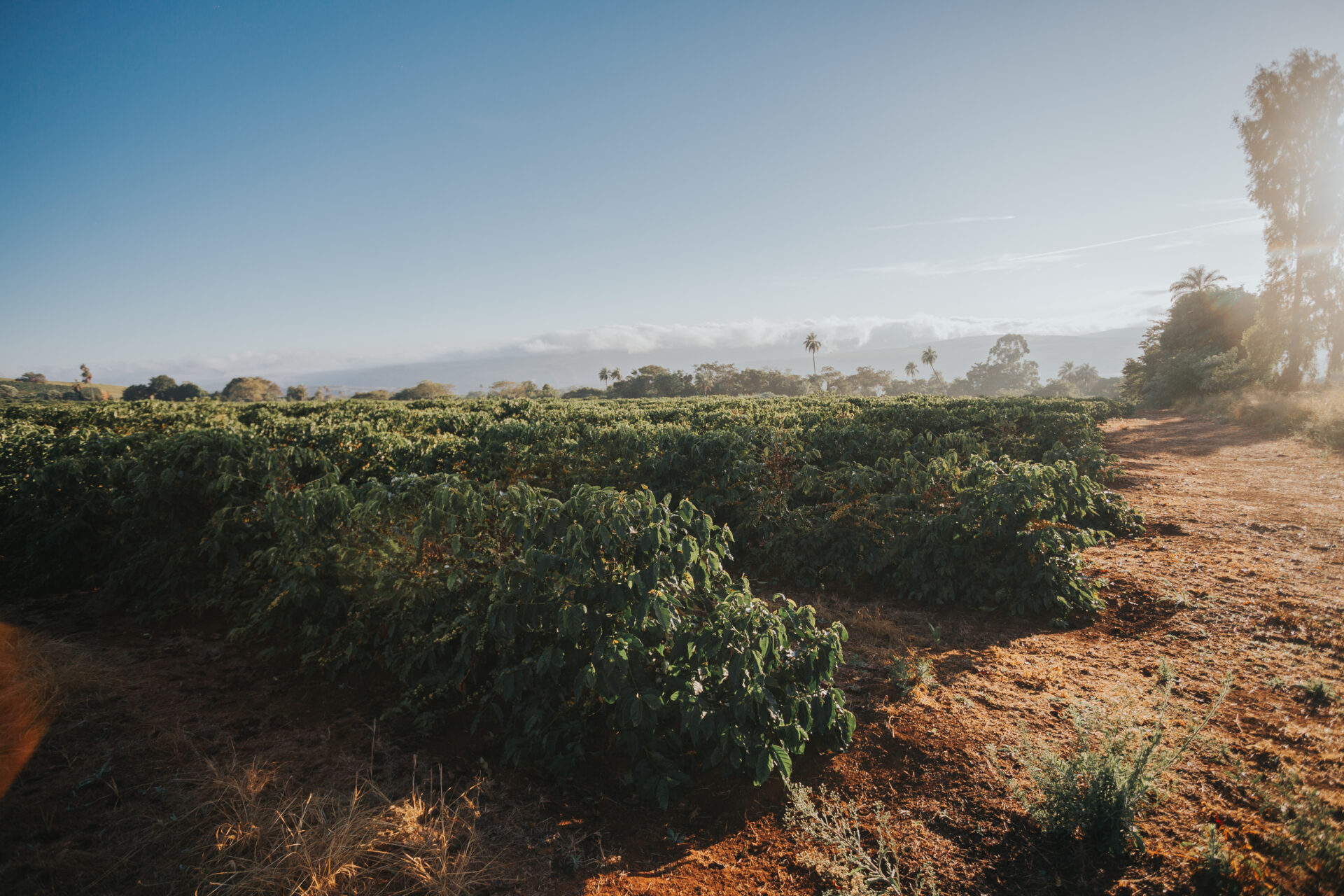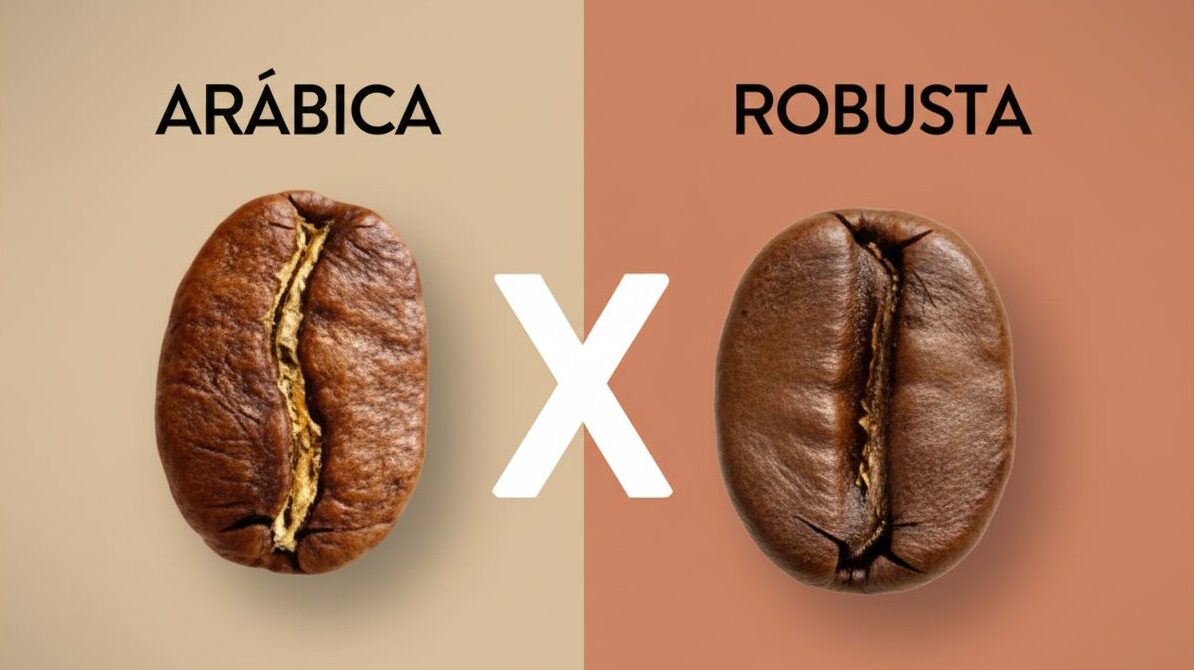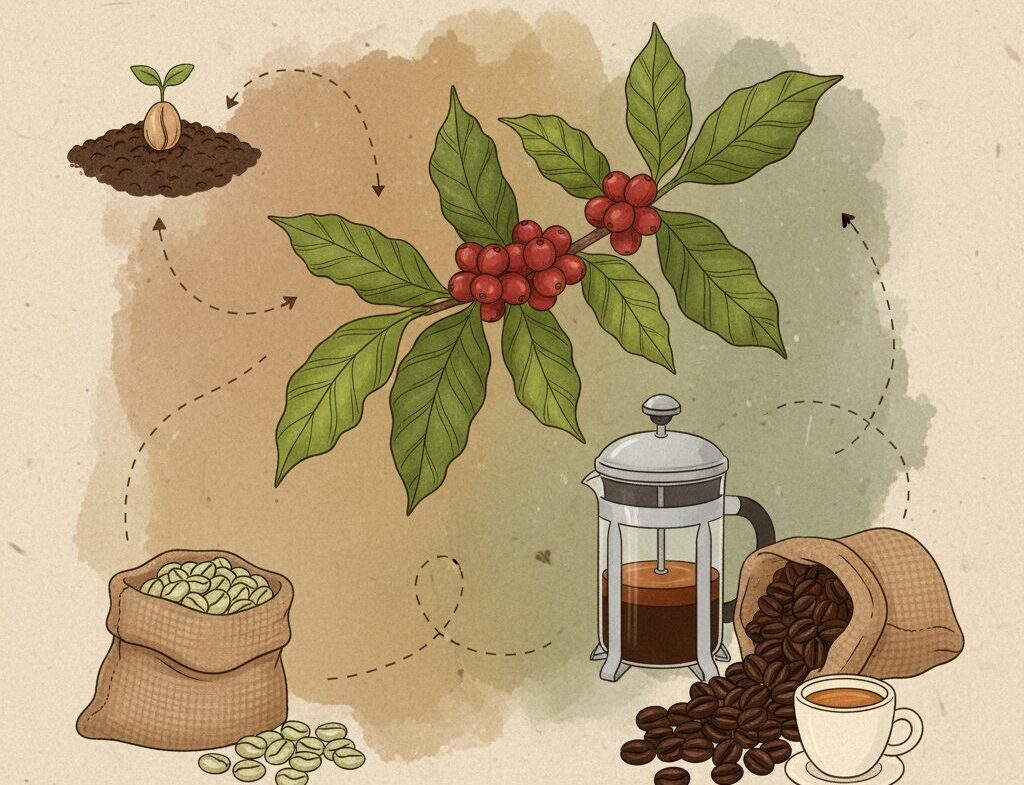
Why Terroir Matters in Coffee
When you take that first sip of a truly great cup of coffee, one that feels alive with flavour, you’re tasting more than just roasted beans. You’re tasting a story written by the land itself. This story is called terroir.
What Does “Terroir” Mean?
According to the Muséum national d’Histoire naturelle (MNHN), terroir is the unique combination of natural factors—such as soil composition, climate, altitude, exposure to sunlight, and even local microbiology—that shape the identity of a product grown in that place. It’s what makes grapes from one valley taste sweeter than those from another, or wine from one hillside richer than its neighbour’s.
In coffee, terroir plays the same role. It’s the invisible hand that gives each coffee its distinct aroma, body, and flavour notes.
Every coffee bean carries a passport stamped with its origin. The volcanic soils of Guatemala bring out a deep chocolatey richness, while the high-altitude farms of Ethiopia reveal bright, floral notes with hints of citrus. In Brazil, where coffee culture runs deep, and the terroir of Minas Gerais produces beans with comforting sweetness and nutty undertones.
Talking about terroir is talking about identity. The same coffee variety grown in two different regions can taste completely different because of the land, the climate, and the people who nurture it.
That’s the magic of terroir: no two cups are ever quite alike. Understanding it changes how we experience coffee. Instead of just asking, “Is it strong or mild?”, we start to wonder where it came from and what makes it taste that way.
Knowing about terroir helps you appreciate the diversity of flavors from around the world, choose beans that match your taste preferences, and support farmers who cultivate with care and respect for their land. When you sip mindfully, you’re not just tasting coffee, you’re connecting to the earth and the hands that shaped it.
How Farmers and Roasters Work with Terroir
Farmers and roasters treat terroir like a guiding compass. They experiment with varieties and processing methods that best express the unique character of their land. Some regions with cooler microclimates extend the ripening process, allowing cherries to develop deeper sweetness. Others rely on mineral-rich soils that bring out complexity and balance.
By respecting terroir, coffee producers don’t just make coffee, they craft a sense of place in every cup.
Terroir reminds us that every bean has a home and every cup has a story. Whether it’s a smooth Brazilian blend or a bright Ethiopian single origin, your coffee is shaped by nature, culture, and passion.
So next time you brew a cup, take a moment to taste the land behind it.
If you enjoyed learning about terroir, explore more stories on our website, follow along on social media, and try one of our coffees crafted with respect for their origin. Let’s keep discovering what makes each cup truly one of a kind.
References:
Muséum national d’Histoire naturelle (MNHN) — Qu’est-ce que le terroir ? https://www.mnhn.fr/fr/qu-est-ce-que-le-terroir
Cooxupé — Terroir: saiba o que ele significa na cafeicultura https://www.cooxupe.com.br/noticias/terroir-saiba-o-que-ele-significa-na-cafeicultura/



